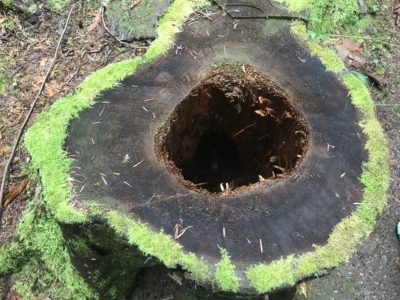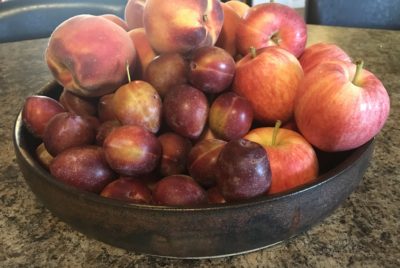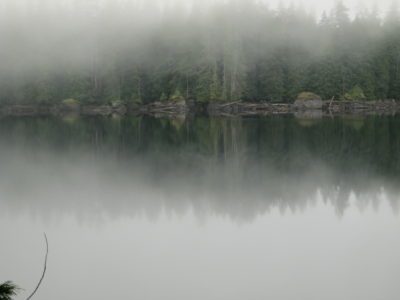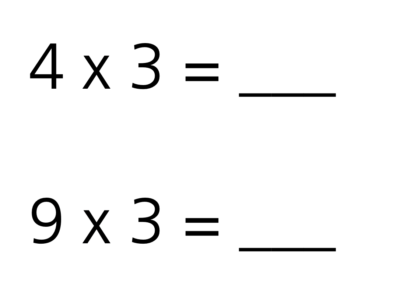
Yesterday was a travel day for me. I’m going to cut to the chase. It was eleven hours, and three flights, that ended with me arriving home to Utah in body, yet without suitcase. It left me pondering what it means to arrive emotionally. Or in spirit, not just body. It left me pondering wholeness.
Wholeness is at the root of most spiritual traditions. Underneath the hoopla, and underneath the details of procedures and rituals is most often an intent to restore wholeness. This wholeness implies a relationship on several layers. With self. With other. Among the “us” of whoever “us” is. This wholeness implies a relationship with trying on the possibility of “other” making no sense.
Wholeness is not just at the root of spiritual tradition and practice. I would suggest it is also at the root of family, team, community, and organization. The work, again underneath the hoopla and hoop jumping, is about creating encounters of meaning and purpose, of imagination and curiosity, of honesty and transparency, of humility. Many of us are learning many things about the nuancing of how to do this. I know it is a big hunk of my life’s work and the life work I bring to others.
Lately, in part due to some work and travel, I’ve been feeling the impact of arrival / departure of said travel. With intent to be honest with myself, and to be honest about sharing a simple metaphor for the way that many of us experience movement / arrival / departure, I notice I’ve been referencing the transporting device from the original Star Trek series. That’s the one with Captain Kirk, played by William Shatner. The Chief Engineer was Scotty, played by James Doohan. The transporter was the device that “beamed” people from one physical location to another. It turned the body into cosmic bits and then, when all was well, restored the bits to the whole body. In the show there were often moments when the transporter malfunctioned and not all of the person’s bits made it.
Lately, in travel, I’ve been feeling like some of me is still in that last stage of transporting. My body is here, but my psyche is a bit somewhere else. I’ll cut to the chase of that too — it’s because our body’s aren’t the only thing that travel. Our psyches do also. And not always at the speed of an airplane carrying us across multiple time zones, or just across multiple contexts even within the same time zone.
So, personal practice of getting ourselves through the transporter matter. Here’s an example most relevant to me today.
I woke at 5:30. Brain kicked in. I’m thinking about my lost luggage and hoping the airline will deliver it today. I’m traveling again tomorrow and need it. I’m in a short window of home. I’m thinking about seeing my kids. I’m thinking about projects that need tending. I’m thinking about the three meetings I have scheduled today. I’m tempted to forgo any self care and just get to the list of todos. It’s go-time, which does have a certain adrenalin filled attraction. It also has a bit of malfunctioning transformer in it. I can feel myself not quite here.
So, rather than just push through, defaulting to the natural compulsion of speed, I went to my routine. A bit of journalling. It’s still before 6:00 after all. And then meditation. Twenty minutes. Just to be more still. Not to go directly to planning and execution mind. But rather to create some pause. It feels like letting the transporter do its job. And, as I’ve know many times before, the stillness was what I most needed. To let my cosmic self reconfigure in the fullness that is today.
Spiritual traditions, and health traditions, and communities have long been pointed at an overall well-being as the intent and purpose. Under that lays wholeness, which is just a fancy way of returning to something that already inherently is. For me, yup, I hope my suitcase catches up to me today. But I also know the wholeness I most rely on is not found in a Samsonite black roller bag. And that it’s something that needs deliberate attention, particularly when crazy busy.






